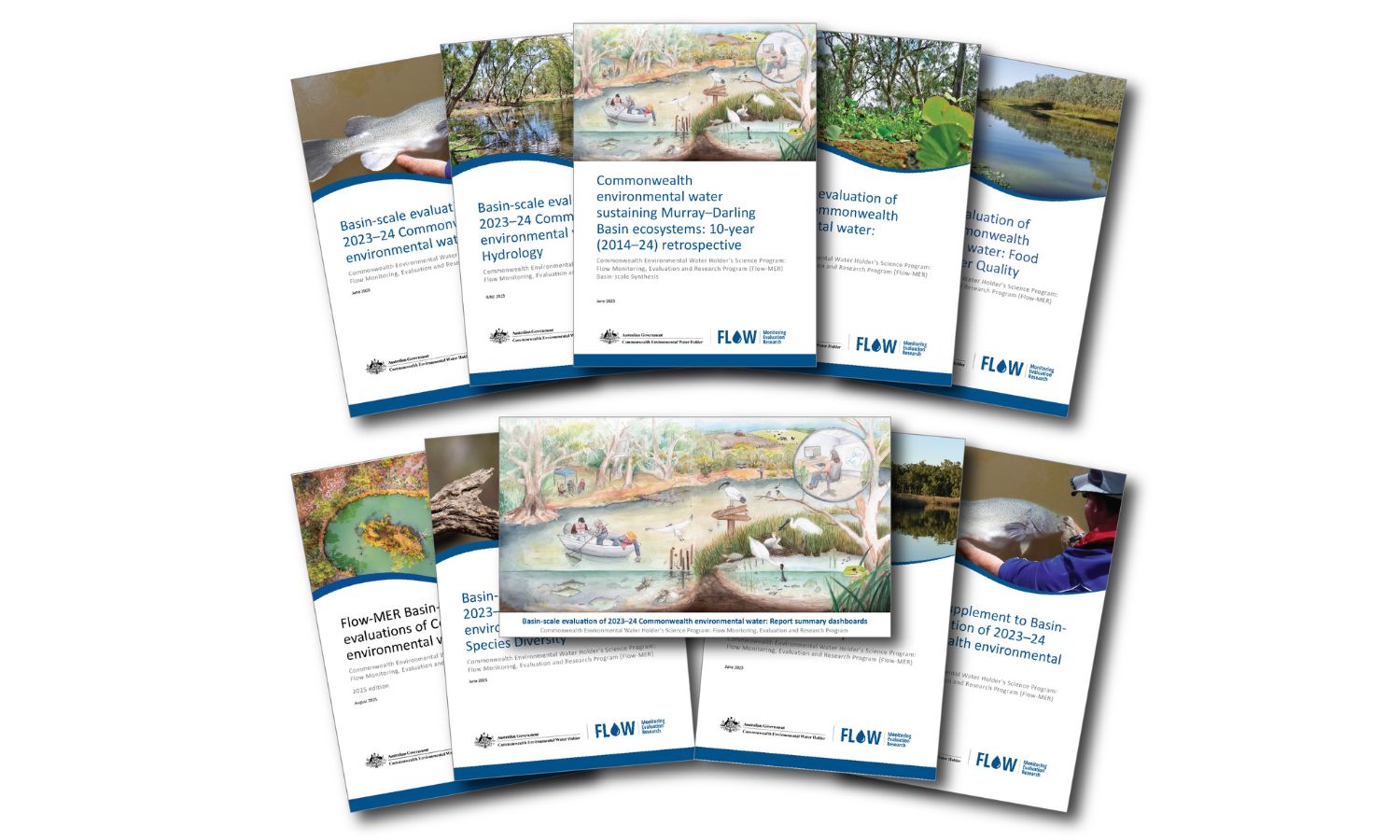Lizards are an important, but poorly understood part of wetland biodiversity. Australia has over 1000 reptile species and, of these, 260 species are found within the Murray Darling Basin where they live in a variety of habitats, including floodplains and wetlands. Several tree-dwelling lizard species are expected to occur across the Murrumbidgee catchment, including marbled geckos, tree dtellas, tree crevice skinks and ragged snake-eyed skinks. We decided to investigate the ‘life on trees’ in some of the wetlands we are focusing on through the Murrumbidgee component of the Flow-MER Program.
Choosing an appropriate monitoring method is important to detect different lizard species. While it’s good to be able to accurately identify the species found, it’s equally important to be confident that a species is definitely not around at a site, rather than simply not found. Some lizards can be very secretive, well camouflaged, or just plain hard to find. Researchers do know that factors like temperature, availability of food and disturbance by people or predatory animals may all affect whether target species use different types of artificial refuge and how likely they are to be detected using them.
Recently we set up 112 artificial bark covers at 13 wetlands across the middle and lower Murrumbidgee. These covers were wrapped around the bark of large river red gum and black box trees – as the photos show it looked like the trees had been wrapped with silver yoga mats (!). We left the covers undisturbed for a month, before checking them on multiple occasions from spring through to autumn.
Artificial refuges such as the mats we used, nest boxes, recycled timber and roofing tiles are commonly used to provide shelter for animals where natural habitats have been damaged or removed. These artificial refuges are also useful as a way to record animal populations without the need for disruptive searching or trapping. They are also generally less labour intensive and use cheaper materials compared to traps or motion sensing cameras.


What did we find?
When we went looking under the covers we found all four tree-dwelling lizards, two tree frog species, large tree-dwelling huntsman spiders and one species of small bat. The Murray tree huntsman spider was particularly common, and when they were under the cover the lizards were rarely found as a young lizard is considered a nice meal for a large huntsman. Conversely, a small huntsman could find itself on the menu for an adult gecko or tree skink. It was interesting that marbled geckos were more likely to be found in the cooler months when temperatures under the covers were higher. Traditionally, reptile surveys are done in warmer months when lizards are more active and easier to find.







The covers were quick to set up using cheap, readily available sheets of foil-backed closed cell foam, secured with a combination of rope and bungee cords. Inspection required slowly removing the cover and hand capturing, or visually identifying any lizards found sheltering beneath. Apart from the need to dodge extremely large spiders, the covers are easy to check and mean we don’t have to remove tree bark to check for lizards potentially sheltering beneath. Given our short term success in detecting tree-dwelling lizards, particularly in the mid-Murrumbidgee, we are hoping to gain further insights into lizard behaviour, population ecology and preferred habitats over a longer period. We will let you know what we discover!





